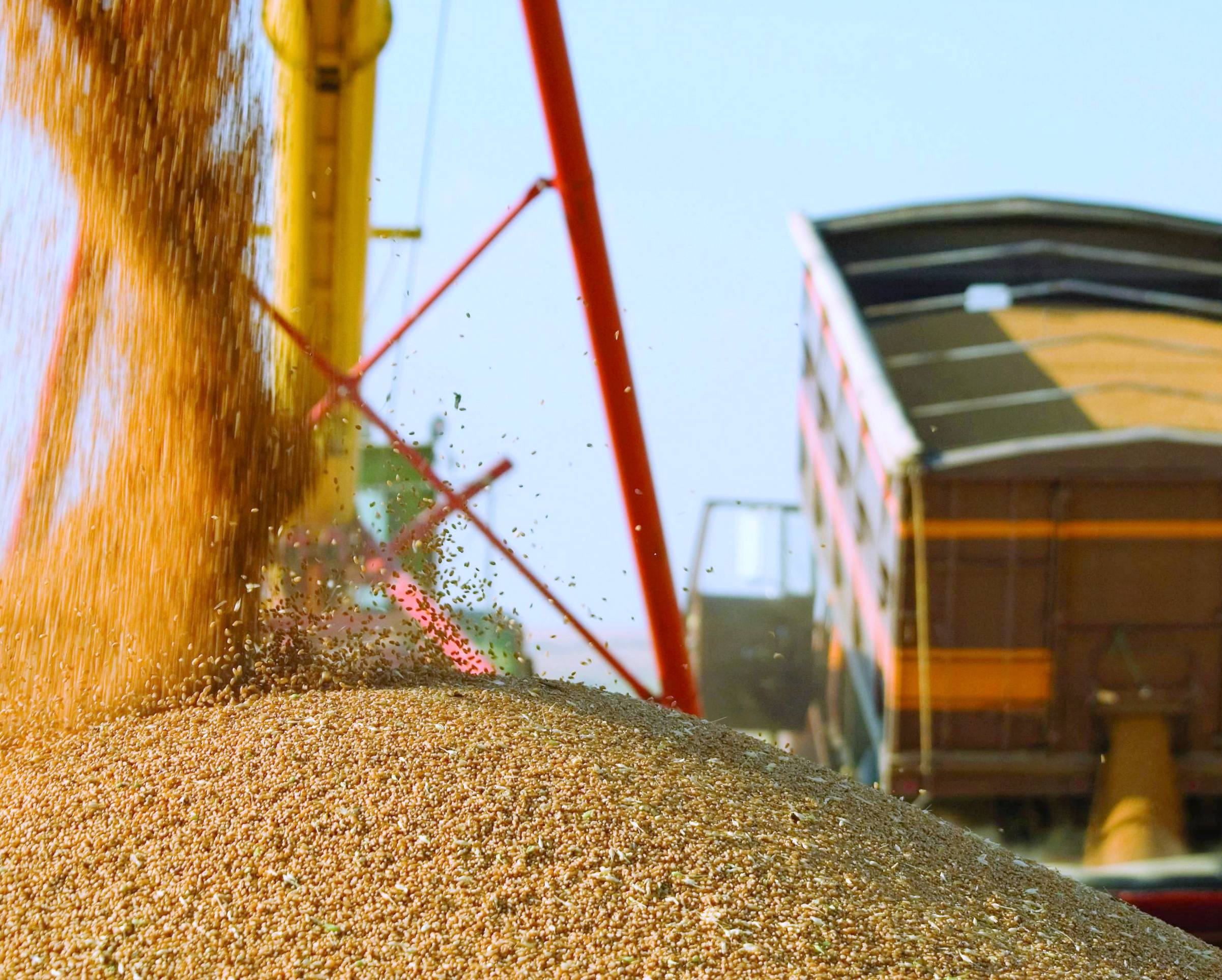South America. Agri ambitions and prospects
23 April, 2019 at 17:04
(Based on materials of XVI International Conference “BlackSeaGrain – 2019”, Pedro Dejneka, Partner, MD Commodities, Brazil)
Now, the world trade is still pressured by the trade war between the U.S. and China. The soybean segment illustrates its consequences: falling soybean exports from the U.S. (-37.4%) and correspondingly increasing supplies from South America (+56%).
Out of the 18.4 MMT of Brazilian soybeans exported in the first three months of 2019, 75% went to China.
Back prior to the imposition of an import duty by the United States, Brazil was the second biggest supplier of soybeans to China, and it is the country that accounted for growth in shipments to 54.8 MMT in 2017 against 32.8 MMT in 2014. Total Brazilian exports of the commodity hit a record high of 70 MMT in 2018, including some 84% shipped to China.
If the controversial issues between the U.S. and China continue to remain unresolved, the U.S. will close the 2019/20 season with record high soybean stocks, while those in Brazil will be down below the four-year average.
If a trade deal is struck, we will see an opposite situation: U.S. soybean stocks will close the 2019/20 season down at 14 MMT following a record 26 MMT in MY 2018/19. This scenario will increase inventories in Brazil to an unprecedented level.
In case of the realization of either scenario, the soybean trade will be under pressure from enormous total soybean supply in the world.



